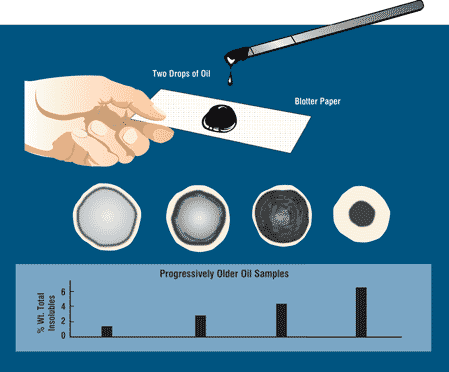
More than normal interest was generated by OilChat #71 (Dipstick Oil Analysis) – particularly the section about the blotter spot test – and it was suggested that we elaborate on the subject. The blotter spot engine oil test is cheap and easy and can tell you a great deal about the condition of the oil in your engine.
All you need for the blotter spot test is a piece of white blotting (chromatography) paper, obtainable from stationary suppliers. Whatman 3MM CHR paper with thickness 0.34mm is commonly used for the test.
To do the test, support the paper in a horizontal position so that the spot area is not in contact with any surface. The rim of a a cup or glass provides an ideal support. Take the dipstick from the engine while the oil is still hot and put a small drop of oil in the centre of the test paper. Allow the oil spot to dry. Drying may be accelerated by applying mild heat. An initial observation can be made when the oil spot is dry, but the best results are obtained after twenty-four hours.

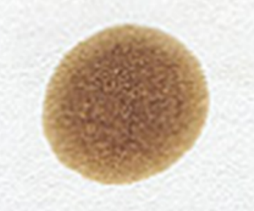
The colour of the blotter spot will depend on the type of fuel being used. A petrol engine oil will have a brownish colour as shown on the right. Oil from a diesel engine will leave a grey to black spot (see far right).
The blotter spot has three zones. The significance of each zone is as follows:
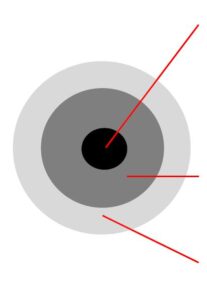
Deposit Zone – indication of undispersed soot and dirt. Short service or low contamination/soot level will have a light discolouration or may not appear at all. Excessive service or high soot level will leave a dense, dark small spot.
Dispersion Zone – indicative of remaining dispersancy. Size of this zone is the important factor. The bigger it is, the more dispersancy remains.
Oil Zone – indication of oxidation. A progressive darkening from light straw to amber indicative of increased oxidation.
Below are interpretations of seven typical engine oil spot tests:
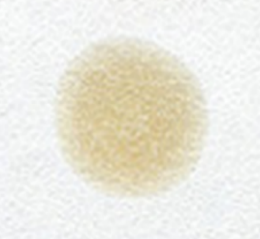
Petrol engine oil with evenly dispersed, light coloured blotter spot – oil fit for further use.
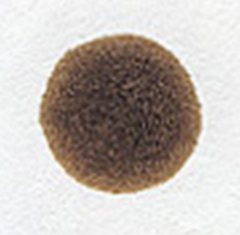
Petrol engine oil with dense, dark blotter spot – oil heavily contaminated, drain oil as soon as possible.
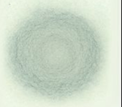
Diesel engine oil with evenly dispersed, light coloured blotter spot – oil fit for further use.
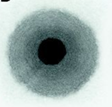
Diesel engine oil with dense, dark deposit zone – oil heavily contaminated, dispersancy depleted, drain oil as soon as possible.

Petrol and diesel engine oil with dark center and distinct brownish coloured outer ring – oil severely oxidized, drain oil as soon as possible.

Soot ring around a yellow/brown centre – oil contaminated with antifreeze/glycol, drain oil as soon as possible.
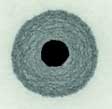
Dark center with surrounding rings – possible fuel dilution. Confirm with other tests discussed in OilChat 71 and drain oil if necessary.
Initially it may be difficult to interpret the blotter spot on the basis of a single test result, but as we all know practice makes perfect. Once you have mastered the art of the blotter spot, you will not be able to resist pulling the dipstick of your engine.
If you have any further questions regarding oil analyses phone 011 462 1829, email us at info@bcl.co.za or visit www.q8oils.co.za. Our lubricant experts are at your disposal and ready to provide you with advice and answer any questions you may have.
